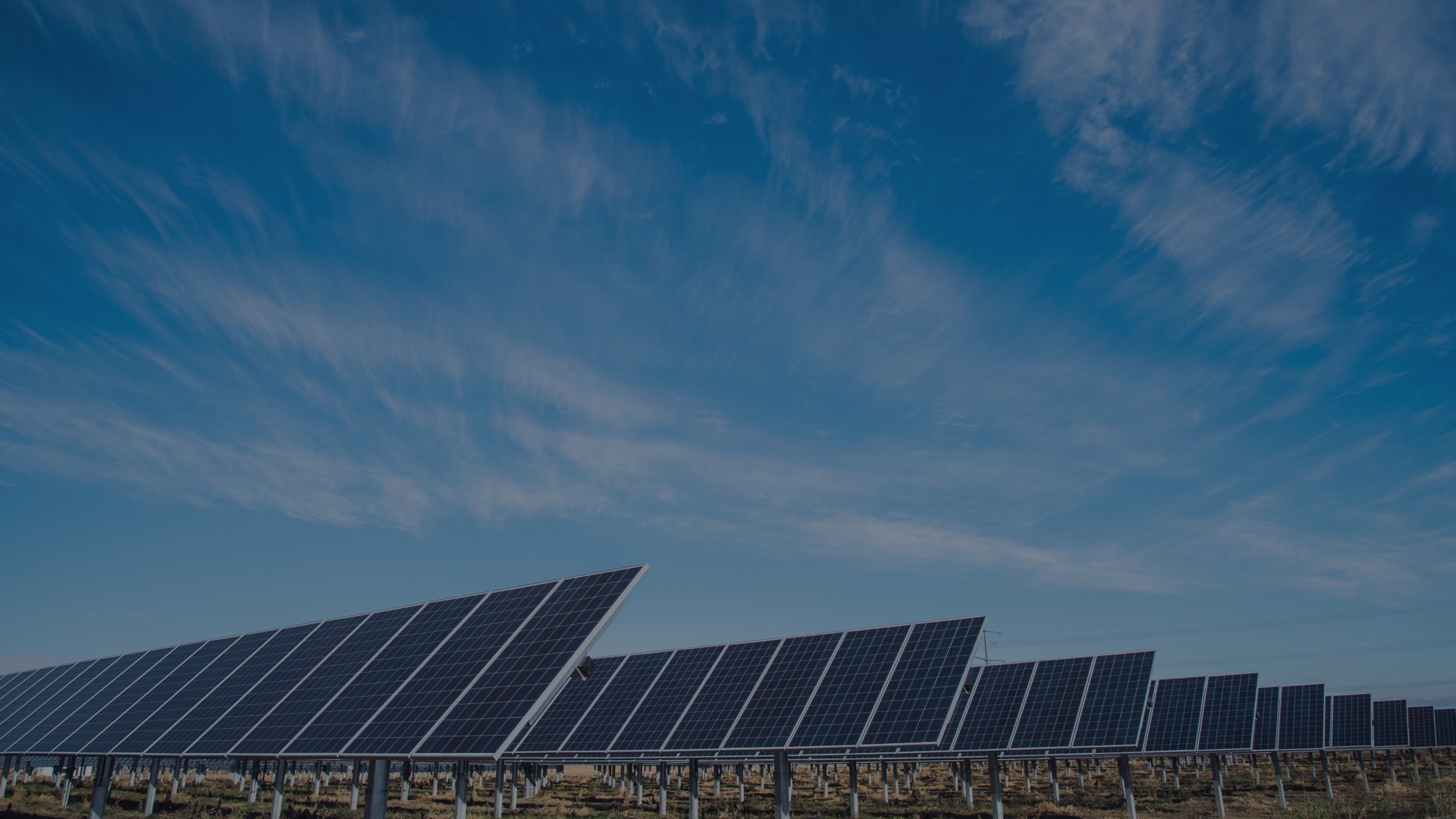Conventional flat solar cells reflect a significant portion of the light striking them. But prototype 3D solar cells capture much more light and could boost efficiency of photovoltaic arrays, say researchers at the Georgia Tech Research Institute.
The GTRI cells trap incoming light between vertical carbon-nanotube tower structures about 100-µm tall, 40-µm square, spaced 10-µm apart. The arrangement helps the cells absorb light, even when the sun is not directly overhead. This property could eliminate the mechanical aiming systems on spacecraft photovoltaic arrays that maintain a constant orientation to the sun, reducing weight and complexity, and boosting reliability.
In conventional flat solar cells, photovoltaic coatings must be sufficiently thick to capture photons, whose energy then liberates electrons from the photovoltaic materials to generate electrical current. However, each mobile electron leaves behind a “hole” in the atomic matrix of the coating. The longer electrons take to exit the material, the more likely they will recombine with a hole and cut electrical current. The 3D cells absorb more photons so coatings can be thinner, letting the electrons exit more quickly, reducing the likelihood that recombination will take place.
The 3D cells are made like this: Photolithography applies a thin layer of iron to a silicon wafer. The wafer goes in a furnace heated to 780°C where a chemical-vapor-deposition process grows the carbon-nanotube arrays atop the iron patterns. Molecular-beam epitaxy coats the nanotubes with cadmium telluride and cadmium sulfide, which serve as p and n-type photovoltaic layers. A thin, clear coating of conductive indium-tin oxide forms a top electrode. In the finished cells, the carbon-nanotube arrays electrically connect the photovoltaic materials and wafer.
25.05.2007
3D Solar Cells
Industry News
